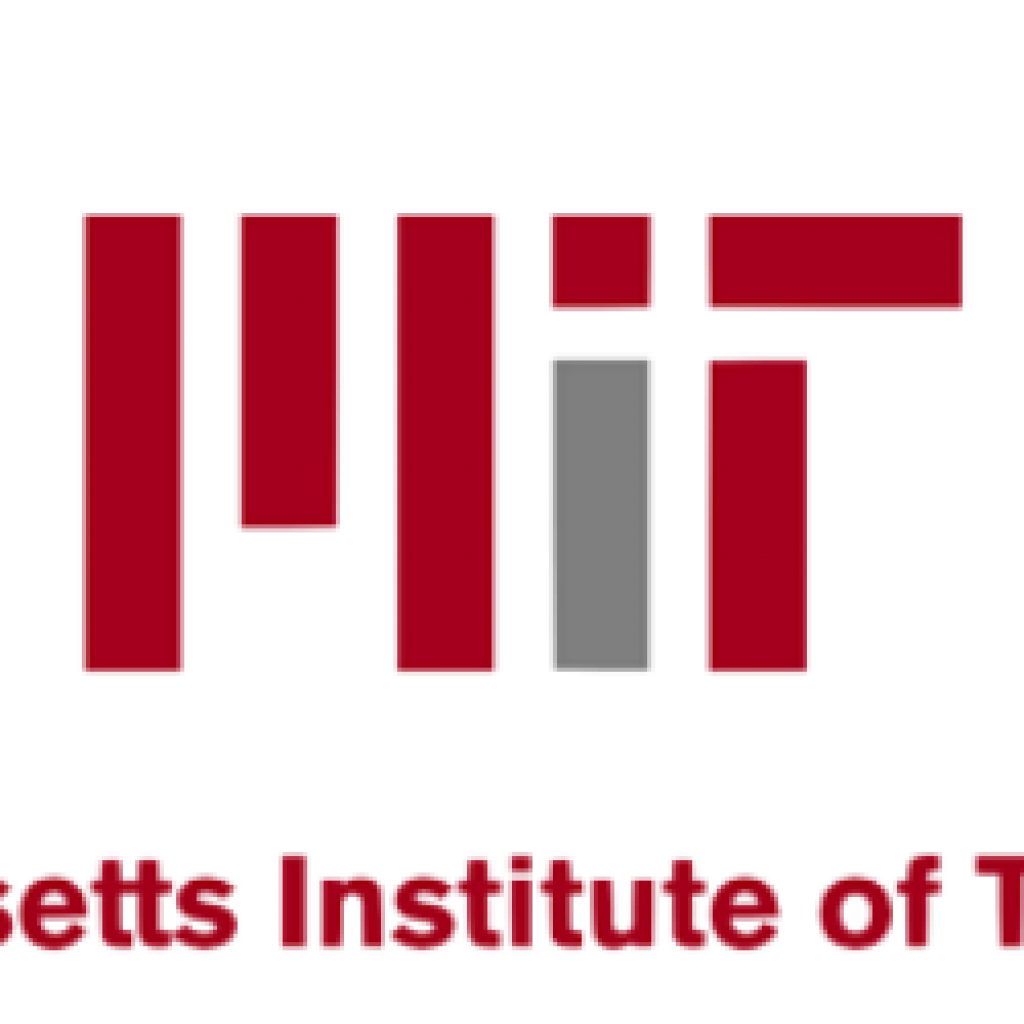(MirageNews) An MIT team reports their latest advancements in graphene twistronics that could help designers engineer high-temperature superconductors and quantum computing devices.
“This is the first time an entire device has been mapped out to see what is the twist angle at a given region in the device,” says Jarillo-Herrero, the Cecil and Ida Green Professor of Physics at MIT. “And we see that you can have a little bit of variation and still show superconductivity and other exotic physics, but it can’t be too much. We now have characterized how much twist variation you can have, and what is the degradation effect of having too much.”
Since Jarillo-Herrero and his group first discovered magic-angle graphene, others have jumped at the chance to observe and measure its properties. Several groups have imaged magic-angle structures, using scanning tunneling microscopy, or STM, a technique that scans a surface at the atomic level. However, researchers have only been able to scan small patches of magic-angle graphene, spanning at most a few hundred square nanometers, using this approach.
“It’s still very early in the field,” Jarillo-Herrero says. “For the moment, the physics community is still fascinated just by the phenomena of it. People fantasize about what type
Researchers Map Tiny Twists in “Magic-Angle” Graphene that Could Help Engineer Future Quantum Computing Devices
